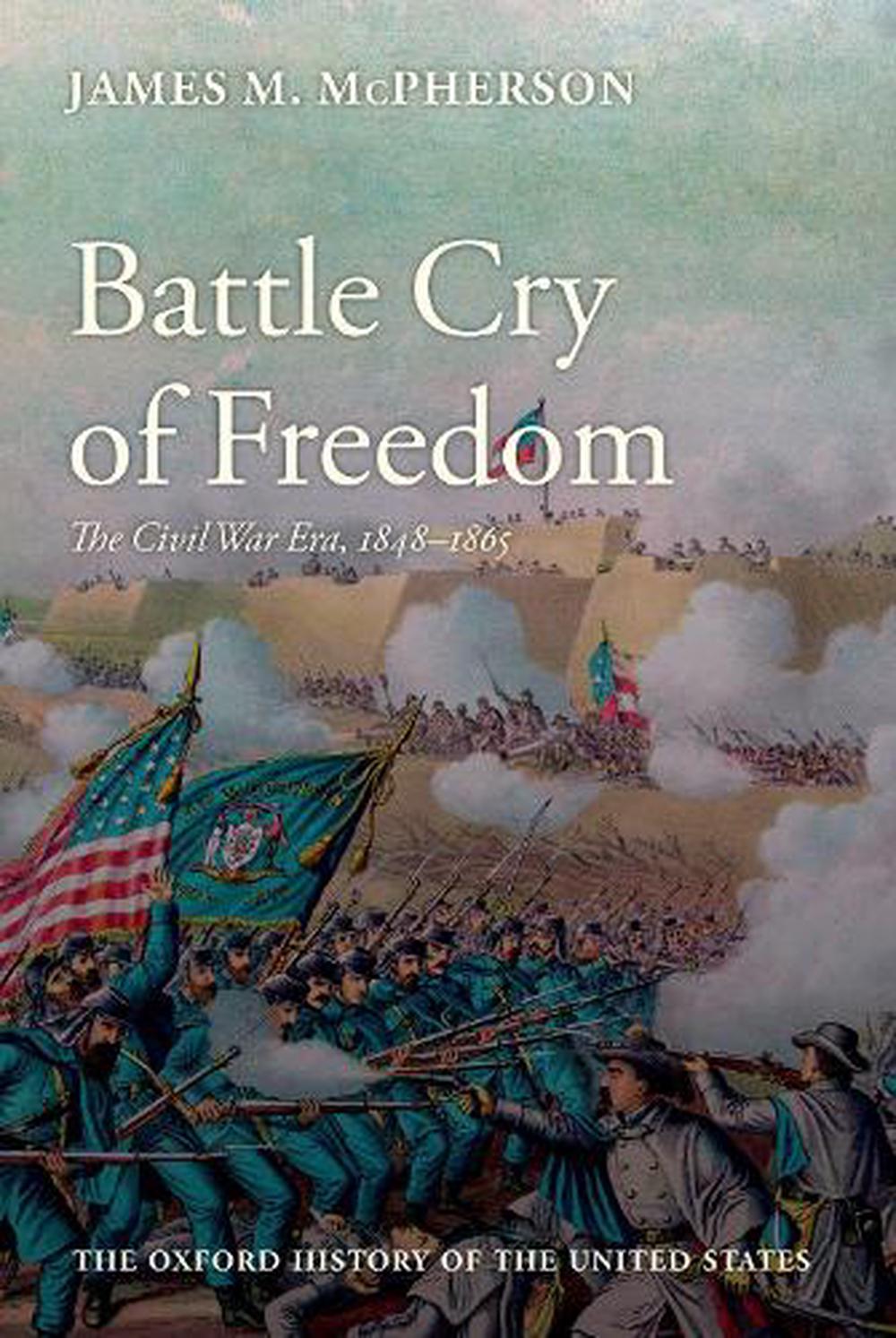

conventional view, the freedoms and interests of African American veterans were not defended by white Union veterans after the war, despite the shared tradition of sacrifice among both black and white soldiers. In this thoroughly researched and groundbreaking study, Barbara Gannon chronicles black and white veterans' efforts to create and sustain the nation's first interracial organization. In the years after the Civil War, black and white Union soldiers who survived the horrific struggle joined the Grand Army of the Republic (GAR)-the Union army's largest veterans' organization.

He makes his argument, if one suspends knowledge of abler scholars that came before him, but fails to add much knowledge that will endure. McPherson begins with a flawed thesis and works through 862 well written, adequately sourced pages, to try to support his theme. 3 McPherson often borders on counter-factual history in his discussions of contingencies that might have led to other, in his view, less desirable outcomes. In large part McPherson supports his theme throughout the book by employing a notion he calls contingency, something he criticizes previous works for ignoring. 2 His work is typical of most historians of his generation in that it rejects the thematic and topical analysis of events utilized by previous scholars. James McPherson's central theme within Battle Cry, in his words, "the multiple meanings of slavery and freedom, and how they dissolved and reformed in the crucible of war". It is likely that the influence and ascendance of this work and the myriad of others in the same vein will be short lived in the realm of serious scholarship on the causes of The War. However, for all his skills at penmanship McPherson makes several critical errors in Battle Cry, errors common to his generation. 1 He has mastered the art that Shelby Foote noted many historians lack, that of telling history in a way ordinary men will read. James McPherson is a master of prose and storytelling as evidenced in Battle Cry of Freedom.


 0 kommentar(er)
0 kommentar(er)
